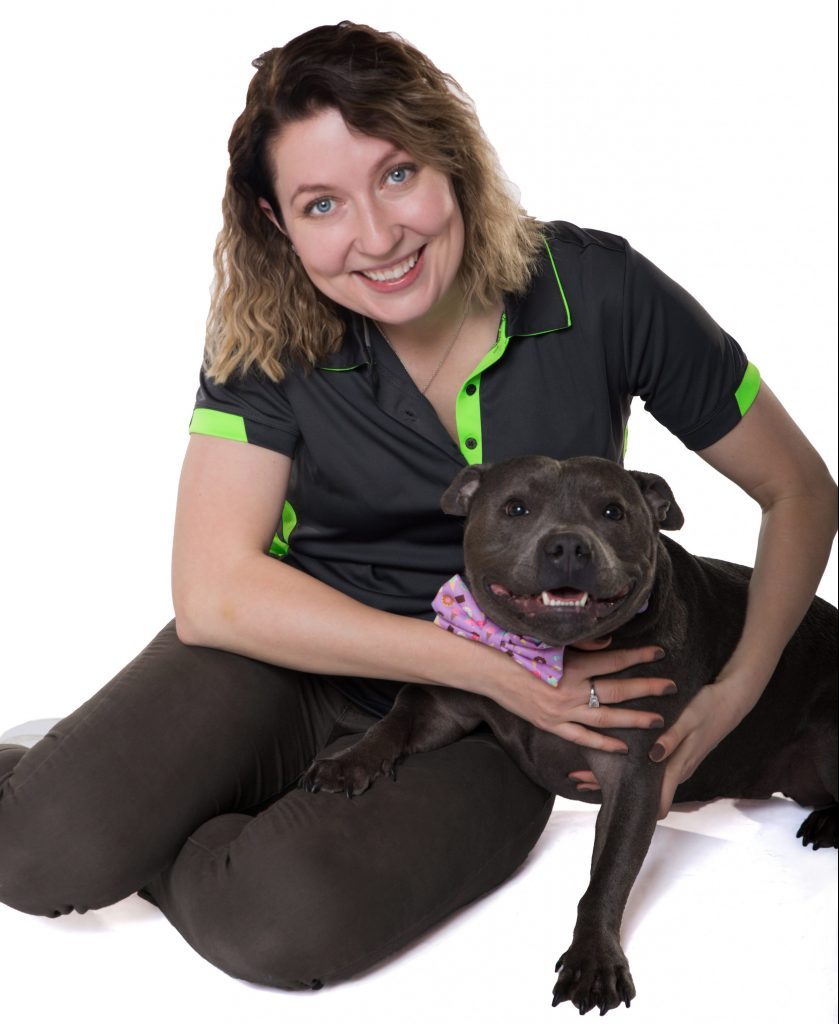Dog Training Tip: How to Teach a Verbal Cue?
Dogs don’t speak our language so we need to teach them what our verbal cues mean by associating them with different behaviours. That’s what dog training is all about!
Do you think your dog understands your verbal cues? Let’s find out and see how your dog training is really going!
Does your dog understand what behaviour you wish her to perform when you use verbal cues alone, with absolutely no hand gestures or other body language? A fun dog training fact: in most cases dogs focus on our body language instead of the vocal cue!
How to Teach a Verbal Cue
By making an association between your verbal cue, the desired behaviour, and the delivery of a resulting reinforcer, such as a food, you teach your dog how to respond to your vocal cue. This is the very basics go dog training!
While there are several different ways to train a dog, I’ll walk you through the process of associating a vocal cue with a desired behaviour by using one of the most common dog training techniques: the lure-reward method.
1. Get the behavior.
Encourage the dog to do the behavior by using a treat as a lure to get her to do what you want. When she does the behaviour for the lure, “mark” the moment with a verbal marker, such as the word “Yes!” and give her a treat. Note: we aren’t using our verbal cue word yet!
2. Add the cue.
When your dog will easily offer the behaviour for the lure, use your verbal cue the moment your dog is doing what you want. That way you are explaining to her “This word means the same thing you are doing right now.”
3. Add a pause.
After several repetitions, pause for a few seconds after you say the verbal cue, to give her a chance to process the word. If she offers the right behaviour, reward excitedly! Your dog has associated the word with the right behaviour! If not, use your treat lure to get her to offer the behaviour. This means you need more practise with step 2.
4. Reinforce offered behaviors.
At this point, some dogs will begin to offer the behaviour without the lure. If yours does, mark, treat, and party!
5. Fade the lure.
In all dog training the ultimate goal is to have a dog who obeys without us having to use treat lures. So when your dog knows the verbal cue – and you can be sure of it! – you need to start fading out the treat lure. This means you will gradually decrease the amount of luring and rewarding your dog with treats.
If you are in need of dog training help, contact me today!




Hi Aniina, we have a nine month golden retriever cross who want to bring to your Obedience training. We also…
Good afternoon, How old does your dog have to be to commence at the beginners agility dog class. 12month?? Thank…
Hi, I have a 3 year old cocker spaniel who is quite reactive. She reacts to bikes, bicycles, children, and…
Hi Can I bring my Daughter along to the Puppy class? thanks
Hi Anniina. What if one of the Saturdays is raining? Is the class pushed out to the next week or…